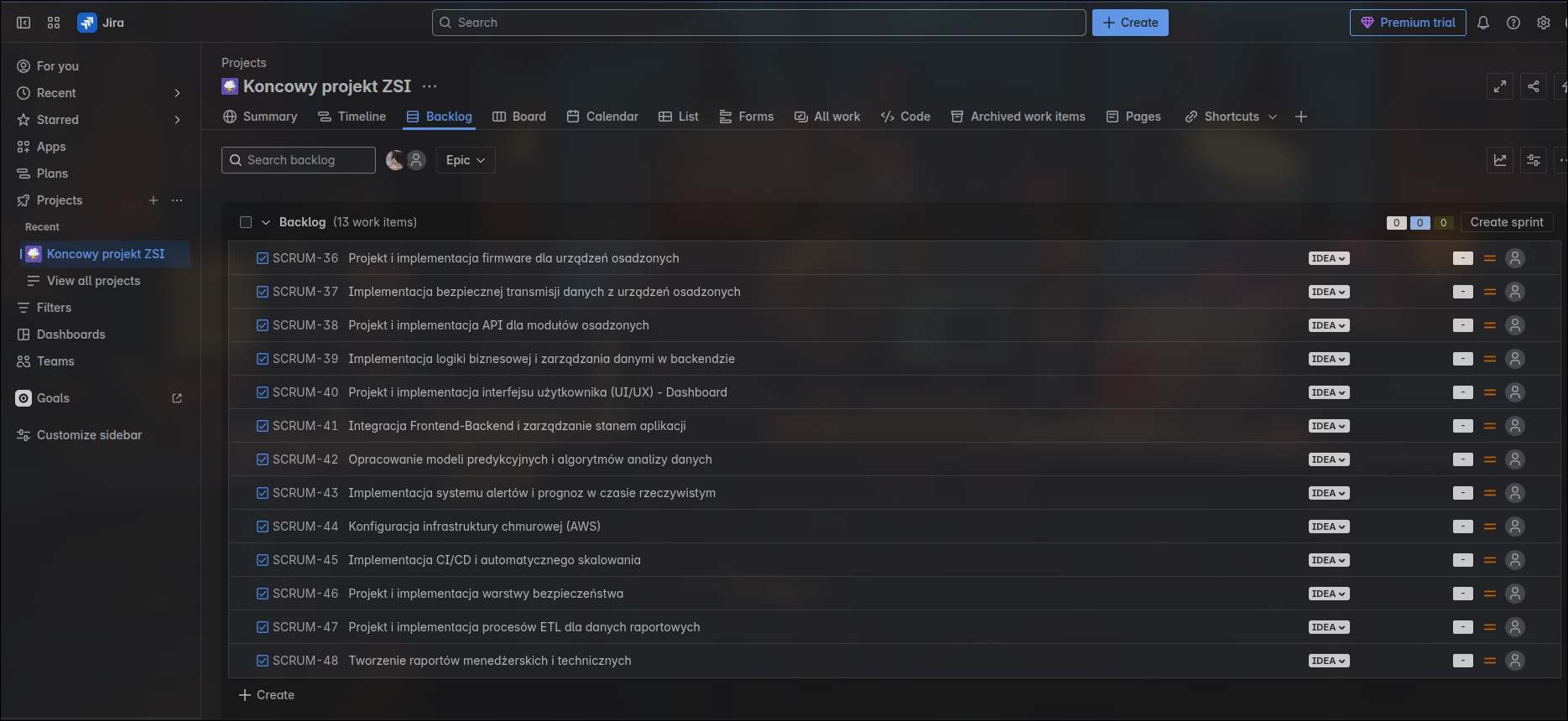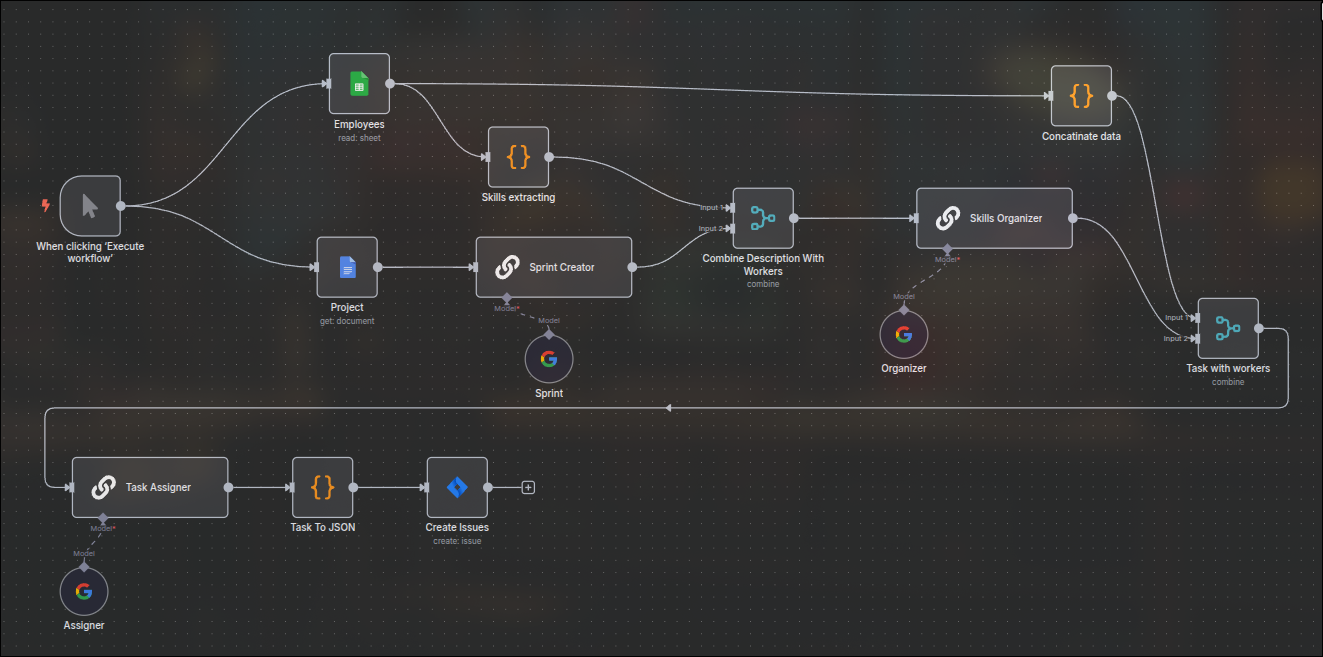🚀 Jakub Jaromin
Computer Science student at the Faculty of Applied Mathematics
Silesian University of Technology in Gliwice
📚 About me
I am a computer science student at the Silesian University of Technology in Gliwice. I am particularly interested in fields related to artificial intelligence, machine learning, automation, and programming. In my free time, I develop my skills in programming and AI technologies, and I work on various projects that utilize a wide range of technologies — from no-code platforms (such as n8n) to complex neural network architectures implemented in the PyTorch library using Python. I am also passionate about mathematics and physics, which directly translates into strong analytical and logical thinking skills. Below, I present my most significant projects to date.
🧠 Skills
- Python
- C++
- Linux
- Wolfram
- SQL (PostgreSQL, MySQL, MariaDB),
Vector Database (Weaviate) - Git, Docker
Interested? Contact me:
Email: [email protected]
Scroll down to see more
🧠 HackYeah 2025 Hackathon Winners
"Rest & Blink" is a biohacking application designed to improve digital well-being by monitoring user attention and physiological state in real time. Built with Python 3.12 and OpenCV, the system uses a camera to detect whether the user is looking at the screen, combining this information with heart-rate analysis to make user look somewhere else than screen. When needed, the PyQt-based interface prompts short recovery breaks, posture corrections, or relaxation exercises. All session data are stored locally in SQLite, ensuring privacy and offline functionality, while Git supports version control and collaborative development.
Our team consisted of 5 members, including myself. From left: Asia Wiekiera, Patrycja Prusak, Julka Merta, Jakub Jaromin (me) , and Mikołaj Musioł- Python 3.12
- OpenCV (cv2)
- PyQt
- SQLite
- Git
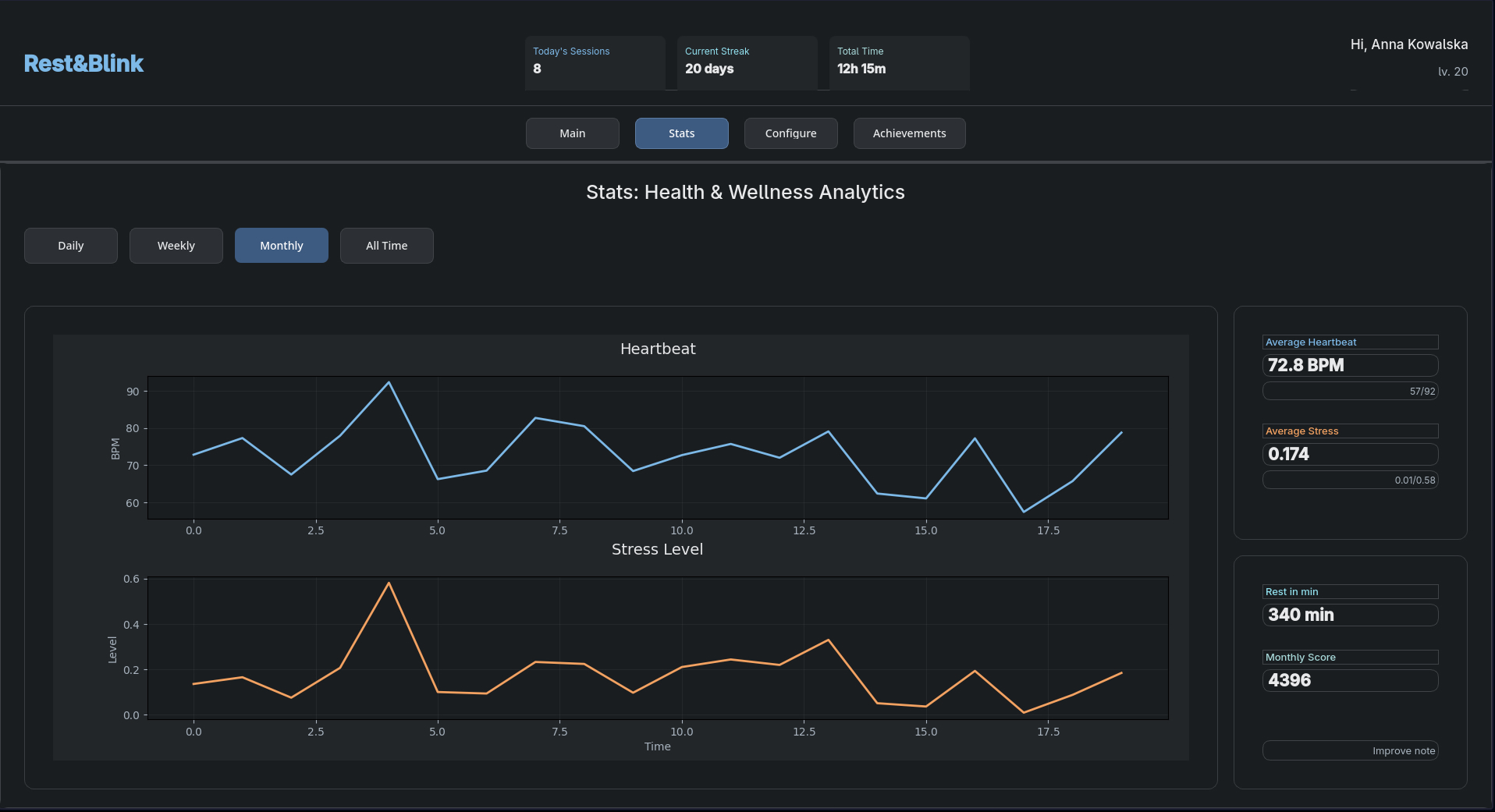
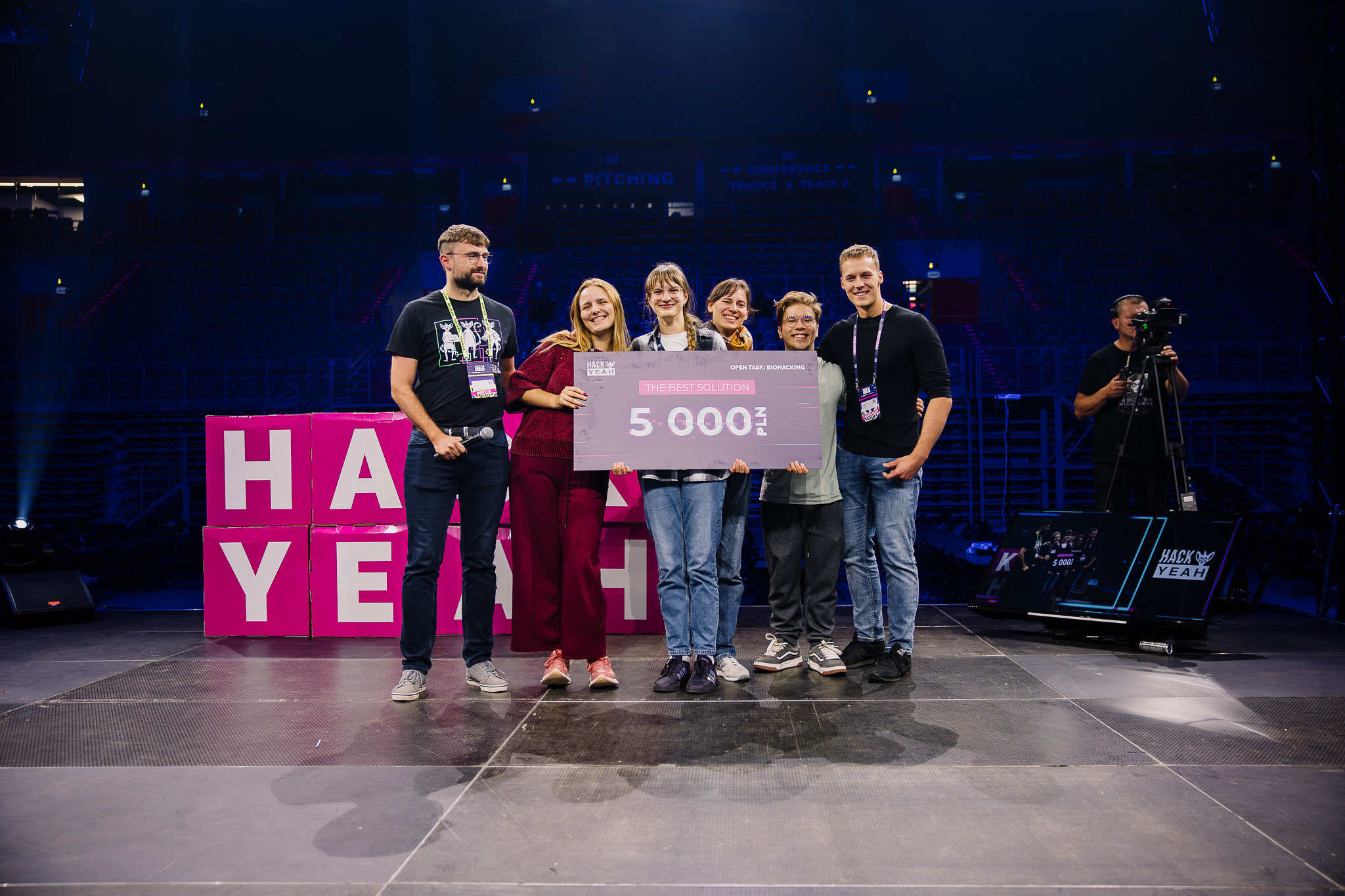
💻 SGH x Mastercard Hackathon
Advanced to the finals as one of 8 teams selected from 140 participating teams.
Developed a data-driven solution combining geospatial analysis, a scoring model,
and a prototype web application to identify optimal locations for parcel locker placement.
Our team consisted of 4 members, including myself. From left: Patrycja Prusak, Jakub Jaromin (me), Michał Lenort, and Wojtek Woźniak.
- Python 3.12
- geopandas
- numpy
- API
- Matplotlib
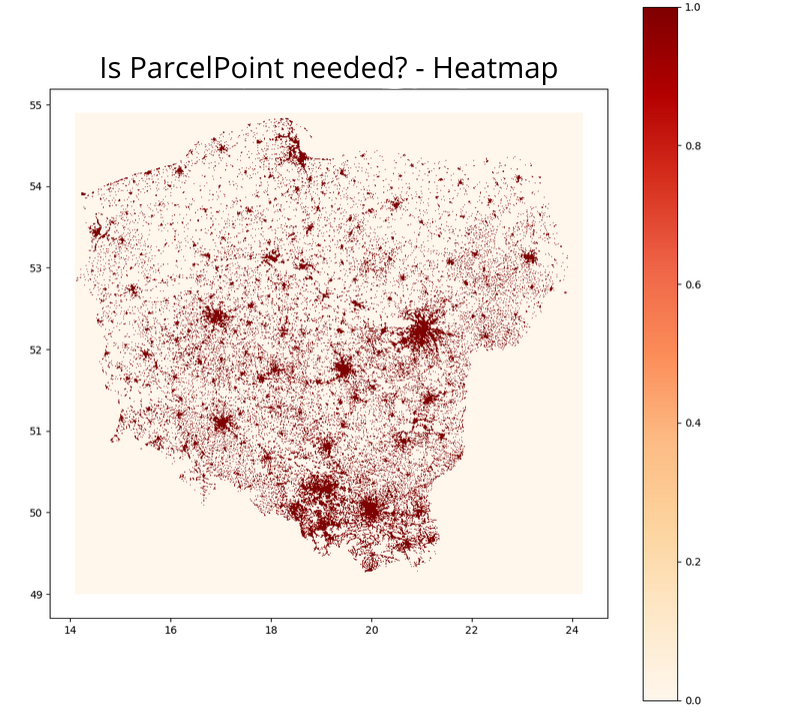
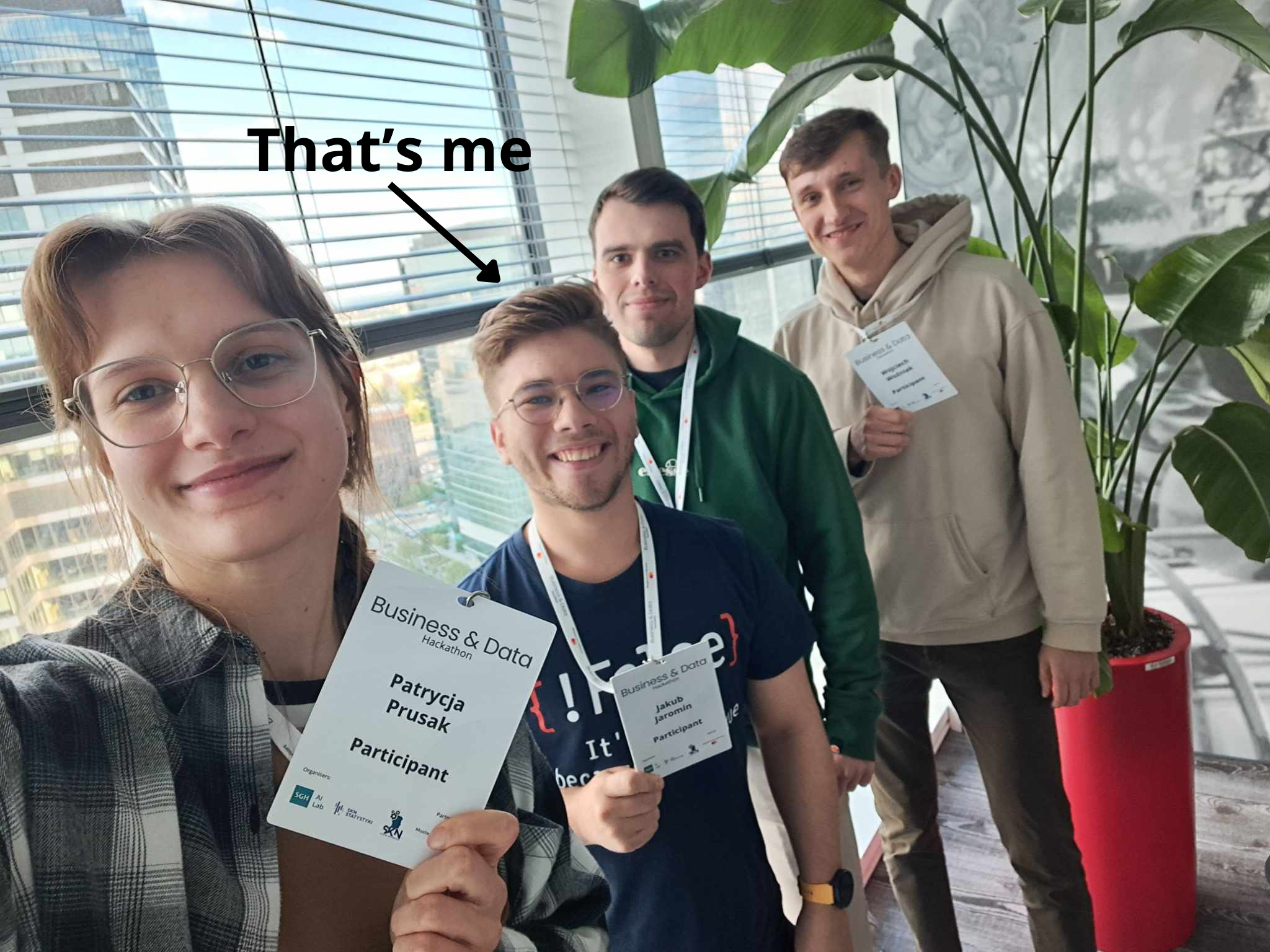
🔬 RAG Research Assistant
"RAG Research Assistant" is an advanced AI-powered scientific research tool that combines modern web interface with sophisticated RAG (Retrieval-Augmented Generation) architecture. Built with Django 5.2+ and Python 3.8+, the system automatically downloads and processes scientific papers from arXiv, using Qdrant vector database for semantic search and Ollama for local LLM inference. Users can ask scientific questions in natural language and receive comprehensive answers with source citations, while the Bootstrap 5-based interface provides configuration management, query history, and database preparation tools. All processing happens locally ensuring privacy, with SQLite storing user configurations and query history, while LangChain orchestrates the complete RAG pipeline from document processing to answer generation.
- Django 5.2+
- Python 3.8+
- Ollama (Local LLM)
- Qdrant (Vector DB)
- LangChain
- Bootstrap 5
- SQLite
- arXiv API
- Sentence Transformers
- KeyBERT
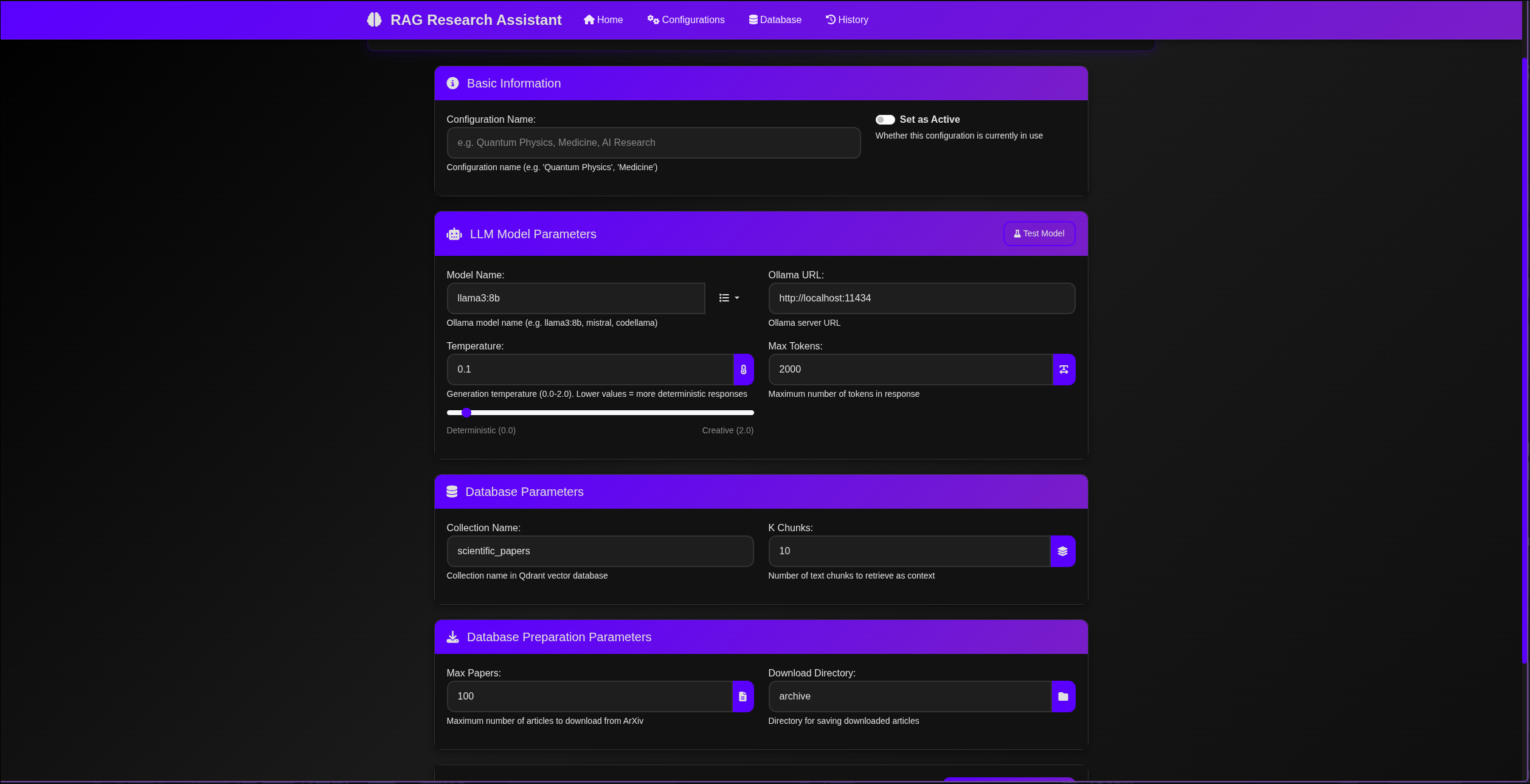
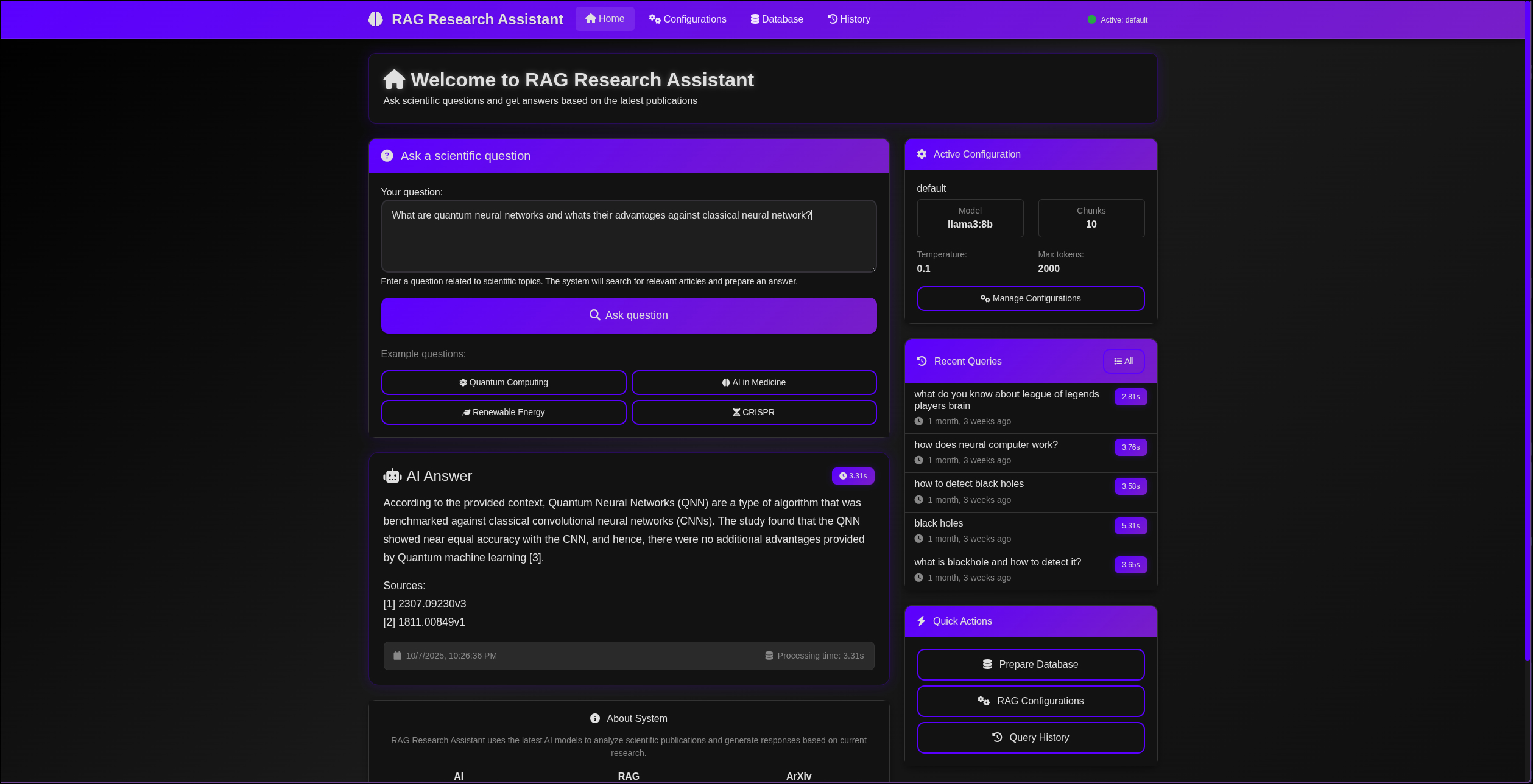
📊Radious Angle
Augmentation Method
This project presents a custom data augmentation method implemented in Python, designed to enrich numerical datasets by leveraging statistical properties and density-based sampling. The solution utilizes NumPy and Pandas for efficient data manipulation, Scikit-learn for preprocessing and validation, and Matplotlib and Seaborn for visualizing the augmented distributions and evaluation results.
- Python 3.12
- Scikit-learn
- Pandas
- Numpy
- Matplotlib
- Seaborn
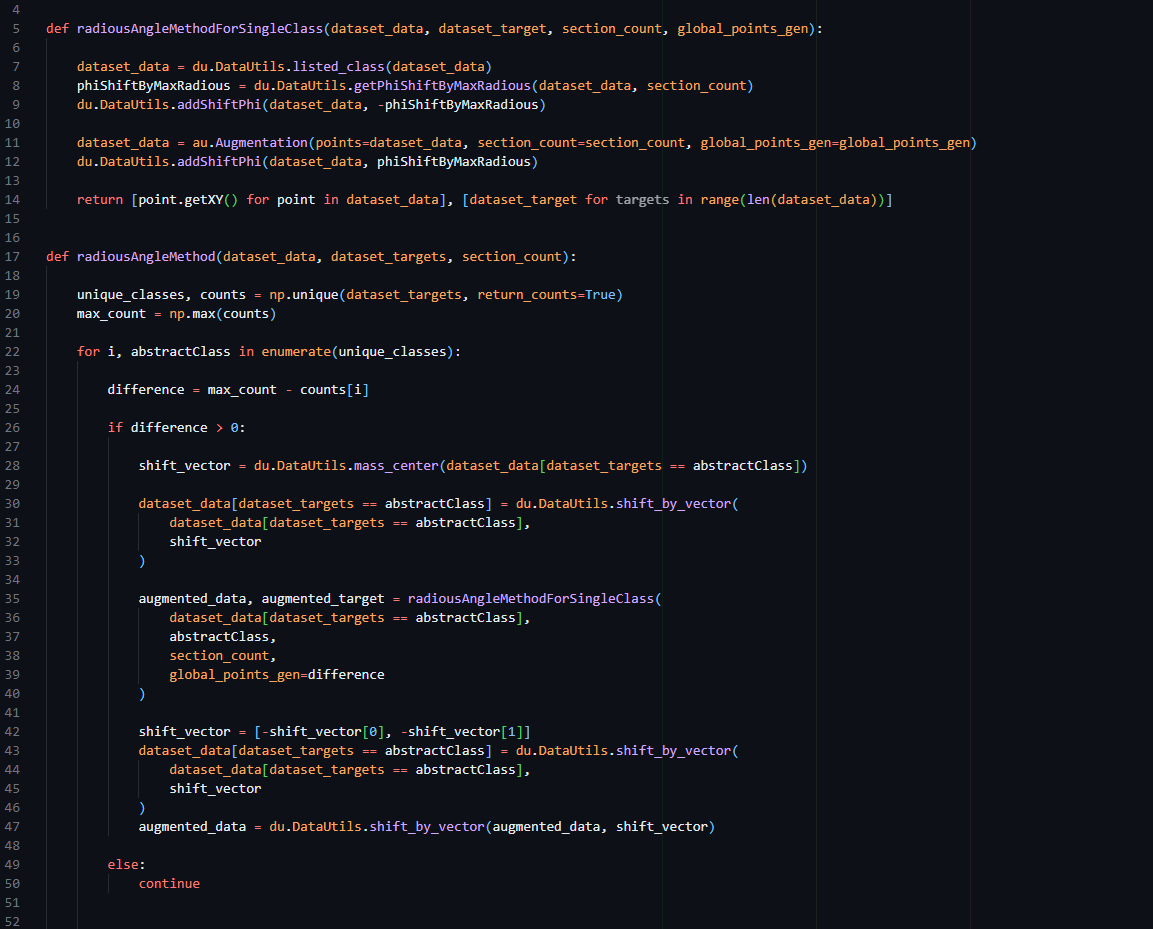
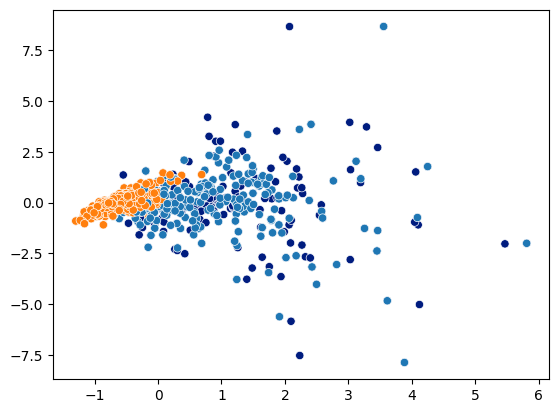
🃏Playing Cards Object
Detection
This project is a real-time playing card recognition system built with deep learning using PyTorch and convolutional neural networks (CNNs). Trained on a structured image dataset, the model delivers high accuracy in classifying card rank, suit, and color. By integrating OpenCV, the system enables live recognition via webcam and provides tools for model evaluation, confusion matrix visualization, and training performance tracking.
- Python 3.12
- PyTorch
- Torchvision
- OpenCV
- Scikit-learn
- Matplotlib
- Seaborn
- Jupyter Notebook
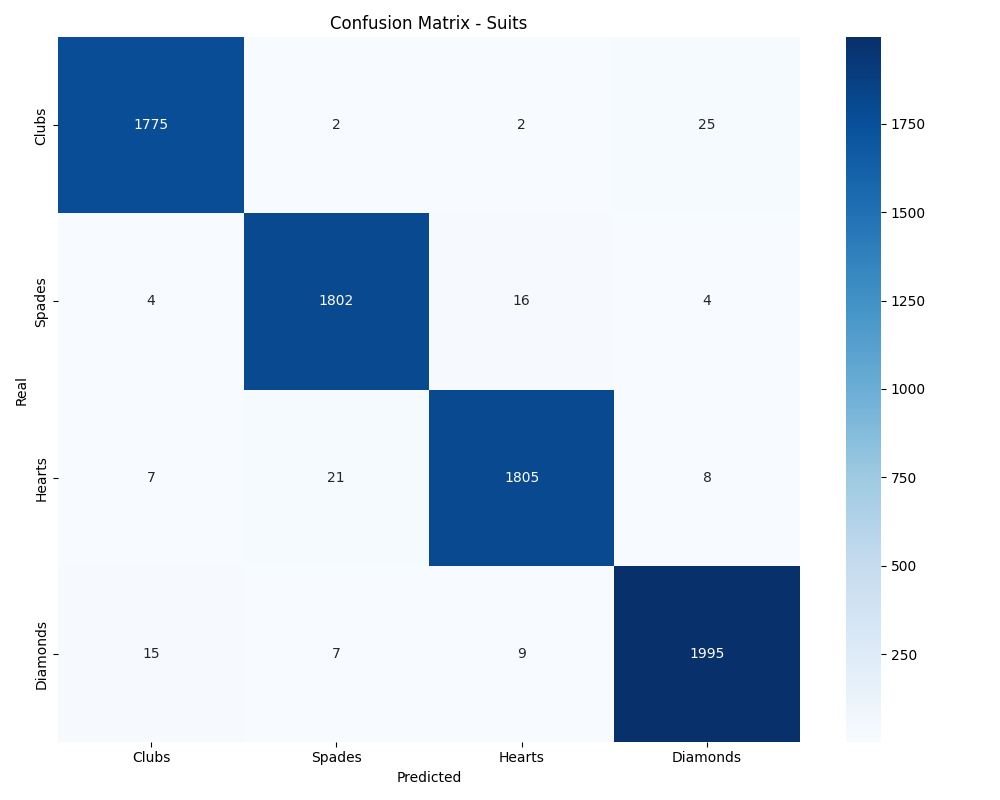
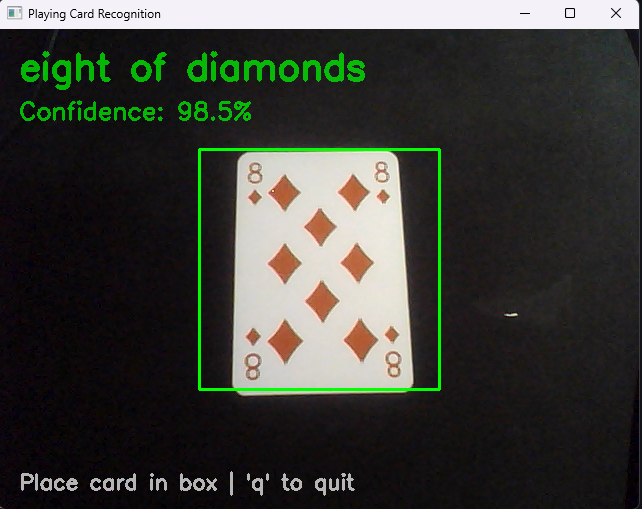
🎸Live Tonation Detection
Live Tonation Classification is a real-time key (tonality) detection system for musical audio, designed for musicians,
music technologists, and audio hackers. It analyzes live audio input (e.g., from a guitar, keyboard, or microphone),
detects the dominant notes, and predicts the musical key (major/minor) on the fly. The project features a modern Tkinter
GUI for instant feedback and is built with modular, readable Python code.
- Python 3.12
- audiodevices
- numpy
- TKinter
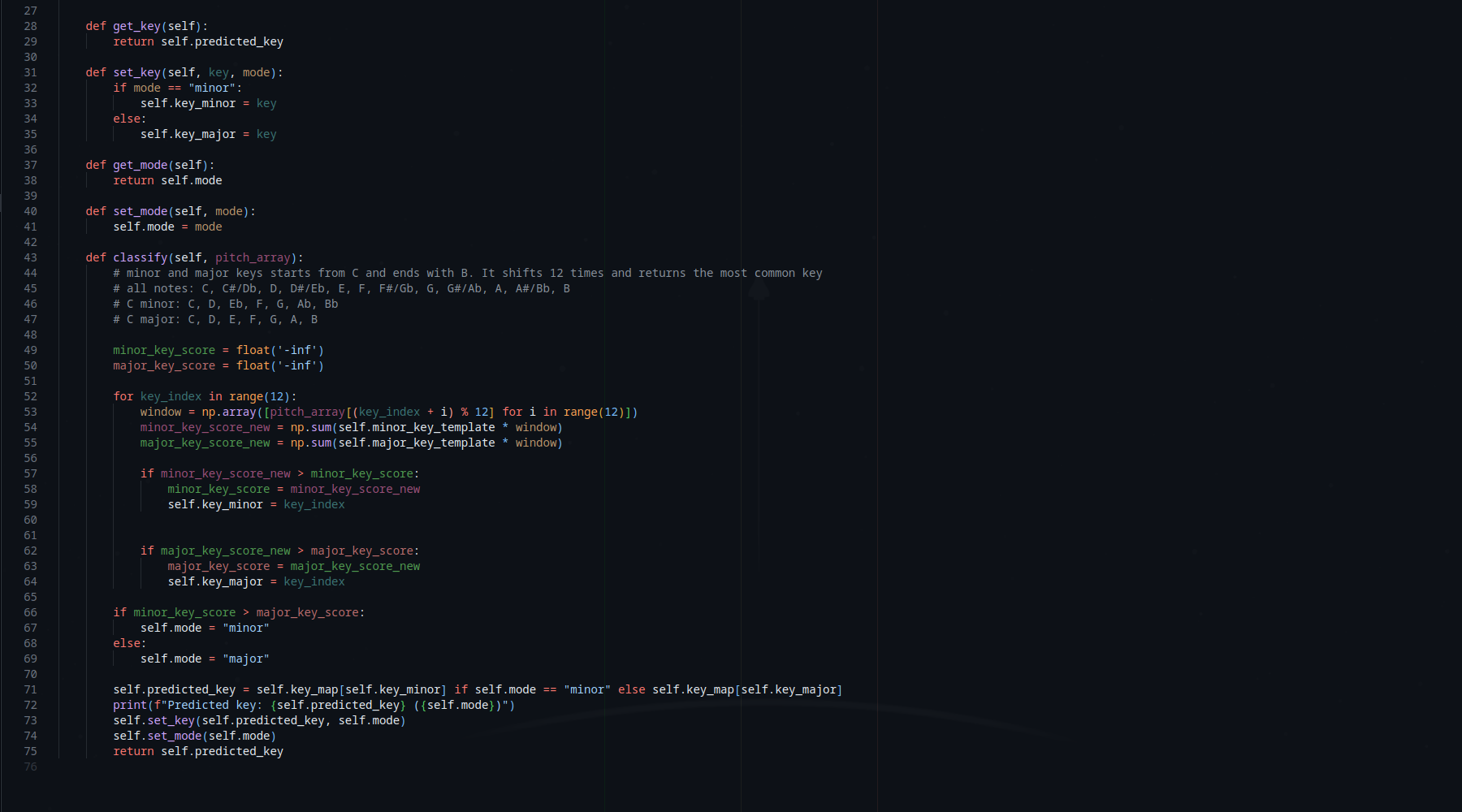
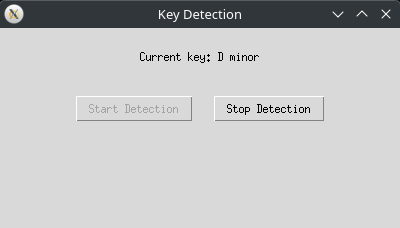
🏃 N8N Jira Sprint Automation
This intelligent agent automates task planning and worker assignment using LLM-based reasoning and n8n automation workflows. By combining structured data from Google Sheets (employee skillsets) and Google Docs (project descriptions), it dynamically distributes tasks among the most qualified team members. The workflow uses multiple AI models to generate sprints, analyze skillsets, and assign tasks with precision.
- n8n
- Google Sheets API
- Google Docs API
- LangChain
- LLMs (Google Gemini)
- JSON / REST
